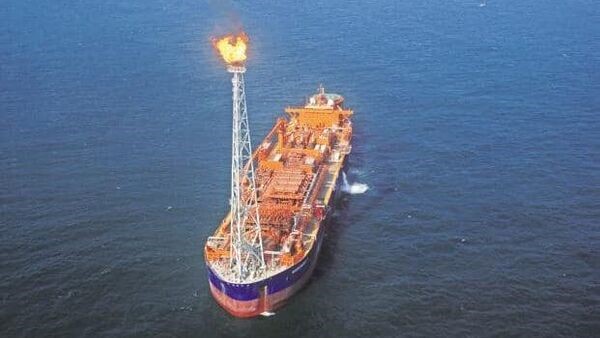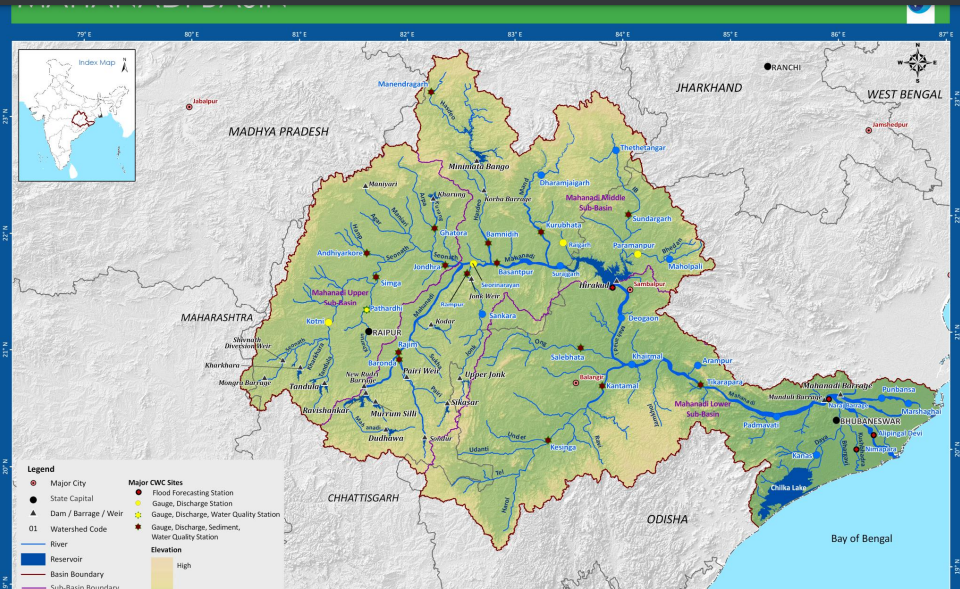Free Courses Sale ends Soon, Get It Now


Free Courses Sale ends Soon, Get It Now



Disclaimer: Copyright infringement not intended.
Context
Context Details
Natural gas, a major contributor to India's net zero emission target:
Mahanadi basin

Mahanadi river
Tributaries of Mahanadi
Conclusion
The literal meaning of Mahanadi River is large size river. The Mahanadi basin drains 141589 Sq. km of area thus ranking 7th in terms of catchment area. It has 4th highest Utilizable surface water potential in India. Blessed with mighty river the Mahanadi, it has given ample opportunity to construct water resources structures across its width.
|
PRACTICE QUESTIONS Q. Distinguish the nature of Himalayan and peninsular river systems. (150) |
© 2024 iasgyan. All right reserved